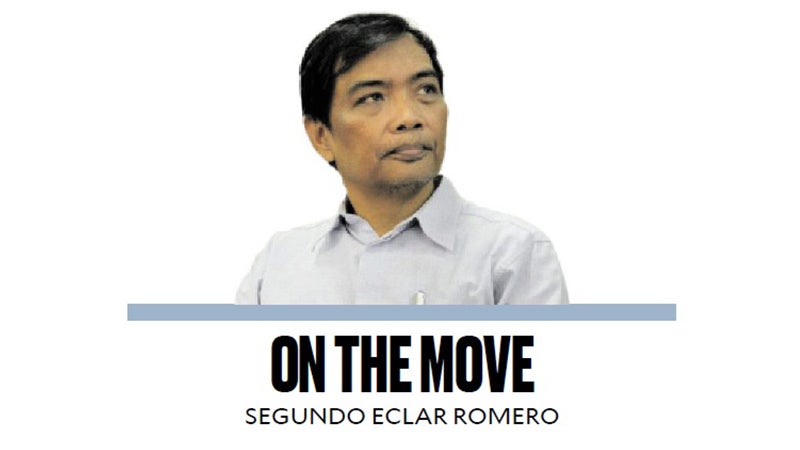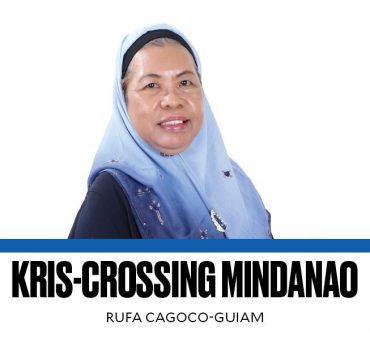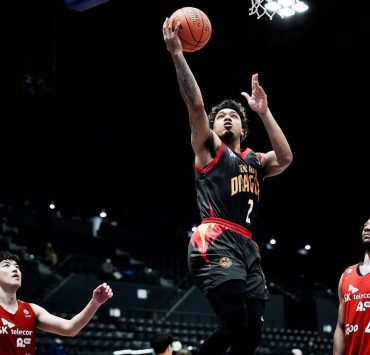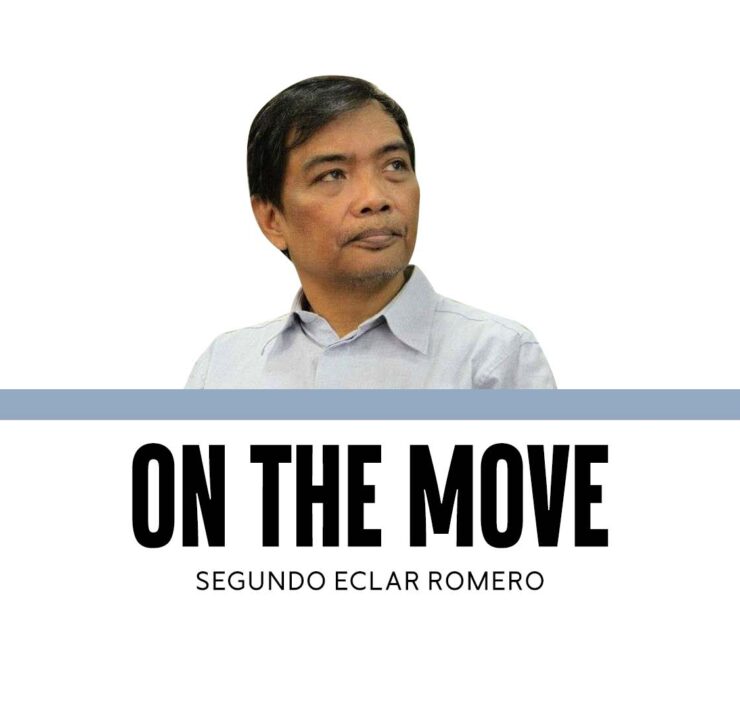The President as chief ‘dreamweaver’ (1)

“Futures thinking” is the neglected lens for understanding and achieving the Filipino dream. The President is the nation’s chief “dreamweaver” and the State of the Nation Address (Sona) is where he lays the tapestry of the Filipino dream.
The history of the Philippines over the past 500 years since 1521 has been a dark history of colonialism, exploitation, powerlessness, poverty, disasters, and conflict. This enduring condition has relegated the family as the greatest rival of the state for the loyalty of its citizens, making political dynasties and nepotism an alternative morality to one’s love of country.
Filipino “futures thinking” should promote not only the gleaning of alternative futures but also inducing the futures thinking process to be more “dream-oriented” rather than “disaster-averse.” Without this shift in futures thinking paradigm, there is no incentive for Filipinos at the individual, family, community, city, region, and national levels to even participate in such an enterprise.
The past week, I joined the Development Academy of the Philippines (DAP) Caravan to promote the graduate school’s programs on futures thinking in Region 11 and Socsargen. The caravan was headed by Dr. Lily Domingo of DAP-GSPDM. The futures thinking program, now in its fourth year, is being funded through the Senate standing committee on sustainable development goals, innovation, and futures thinking initially under Sen. Pia Cayetano as chair and now with Sen. Nancy Binay. T
he DAP has conducted seven sessions of its certificate course on foresight and futures thinking. The last batch of 39 graduates were from the Department of Education, the Department of Health, the Department of the Interior and Local Government, the Philippine Air Force, the Commission on Audit, and various state universities and colleges (SUCs) and local government units (LGUs).
The Senate-enabled funding includes an appropriation of P2 million for futures thinking initiatives of each state university and college throughout the country for the past three years. The DAP Caravan which covered visits to SUCs and LGUs in Davao City, Davao de Oro, Davao Sur, and Samal, sought to find out how the futures thinking fund has been used, how many representatives from the SUCs have undergone the basic futures thinking workshops, and what the arrangements were for creating a critical mass of futures thinking specialists and advocates in their SUCs.
The caravan featured presentations on illustrative completed futures thinking research—the Philippine rice industry future by former Commission on Higher Education commissioner Dr. Ruperto Sangalang and the Philippine salt future by Dr. Madlyn Tingco of the Pangasinan State University, and my presentation on the Future Earth Philippines’ approach to foresighting and localizing the SDGs. The presentations were attended by a multisectoral audience at the University of Southeastern Philippines.
The caravan proceeded to General Santos City to make courtesy calls on SUCs and LGUs. The presentation of the same research before the academic community and local officials, this time with the addition of a fourth study on the futures of the peace process in the Ligawasan Marsh was delivered by Dr. Mario Aguja of the Mindanao State University-GenSan, which was the venue for the presentations.
The caravan showed promising starts in some LGUs and SUCs who have embraced the concept of futures thinking and embedding it in their planning and capability-building processes. However, there is much effort needed to mainstream and integrate the approach into existing local strategies and systems.
There is a promising approach to gaining ground in mainstreaming futures thinking. No Filipino concept better encapsulates purpose optimism than “hiraya manawari,” an ancient Filipino phrase that translates into “may the wishes of your heart be granted.” It is a conviction that the future is filled with possibilities and that dreams have the potential to become reality. This is exactly what the discipline of futures thinking espouses.
The Philippine Futures Thinking Society, a nonprofit organization dedicated to promoting futures thinking in the country, has actively promoted the use of hiraya manawari as a framework for gleaning the future, training participants in their various events and workshops to infuse their sustainable cities and communities initiatives with a positive attitude and appreciative inquiry approach.
Futures thinking must be understood as a collective call to “dreamweaving,” contributing to the discipline of futures thinking by exercising people’s mental muscles to achieve the positive. This should be coupled with the uplifting practice of wishing one another hiraya manawari.
The President should take on the role of chief dreamweaver seriously, unfolding his dreamweaving process for the country in his Sona and speeches. More than ever, Filipinos need their spirits to be uplifted.
doyromero@gmail.com


















